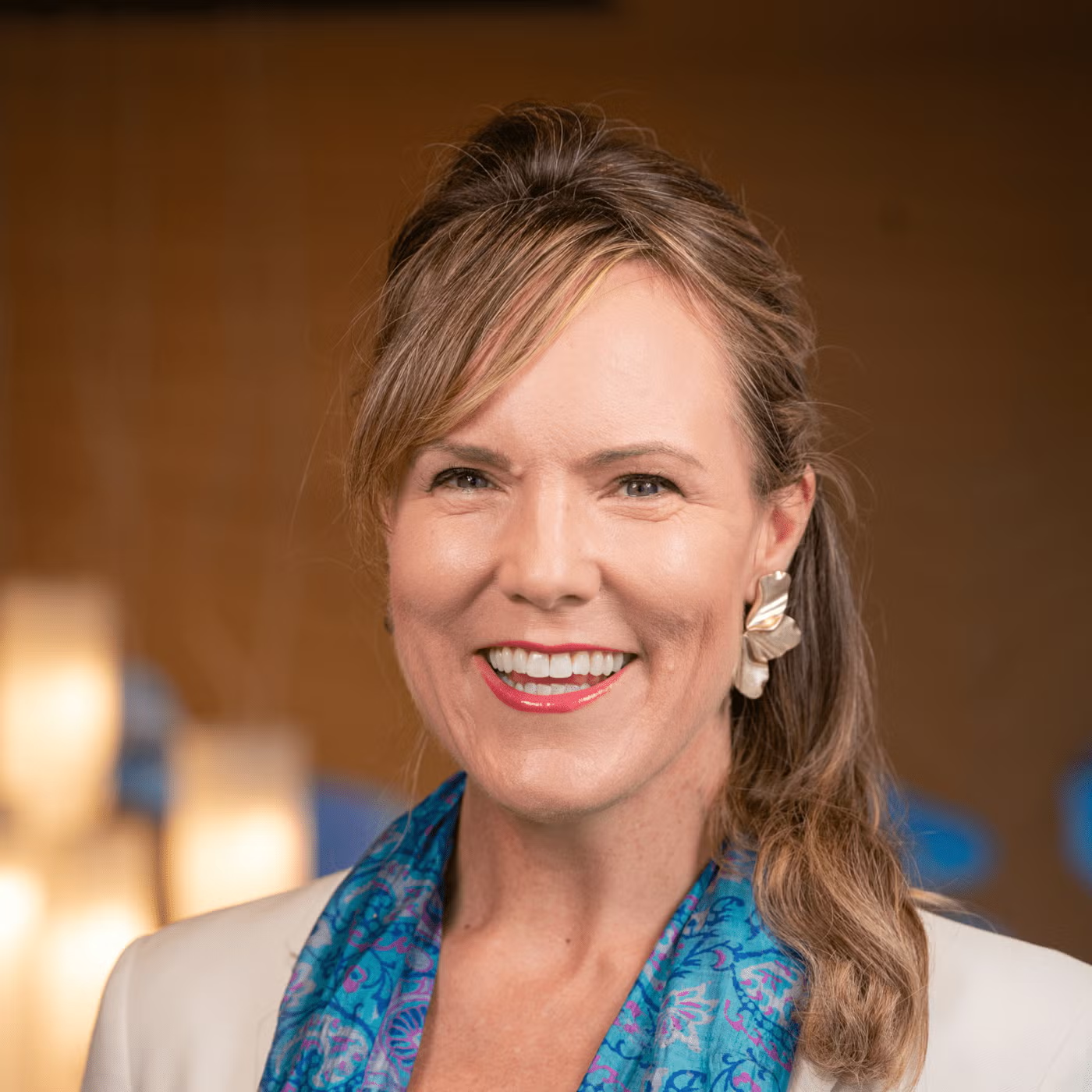
At the recent UN Food Systems Summit +4, the Rockefeller Foundation brought together a mix of speakers, partners, government ministers, various officials, and others to discuss its Regenerative School Meals initiative.
This convening—aimed at increasing collaboration between countries when it comes to strengthening school meal programs—marked another step in the Rockefeller Foundation’s goal of feeding 100 million children by 2030 with “increasingly regenerative meals.”
The gathering highlighted the Foundation’s work thus far in combining regen ag with school meal programs, a combination that’s so far provided reliable market opportunities for farmers while feeding children all over the world.
School meals: a $3 trillion opportunity
Some 300 million school-aged children globally go without a nutritious meal each day, according to Rockefeller Foundation. Providing that meal via school programs has the potential to unlock “as much as $3 trillion in global economic productivity” in addition to improving health outcomes for children.

Rockefeller Foundation’s Regenerative School Meals program was born several years ago in the wake of various countries’ work to improve school meal programs after the Covid-19 pandemic.
Many of these countries quickly realized they needed to move beyond simply recouping the losses from the pandemic, when schools closed and millions of children lost access to their only reliable food source.
“This school meals coalition is very demand led,” Sara Farley, Vice President, Global Food Portfolio at Rockefeller Foundation, tells AgFunderNews.
“Rockefeller saw an opportunity there to both meet countries where they’re at with support from philanthropy, and to look for opportunities to get a universal expansion [of school meal programs].”
Healthy food is critical to the mission.
School meals around the world are notorious for optimizing for calories without providing much in the way of nutritional value.
In many countries, that means white rice imported from other regions.
“Yes, that has calories,” says Farley. But such meals “have almost zero nutrition, zero impact on local farmers trying to survive and build up climate resilience and attain a livelihood.”
In such cases, school meals can actually exacerbate the climate crisis, she adds. “You’re talking about importing a methane-producing crop like rice, all those carbon miles for the distribution of the shipping.”
One of the original ideas behind the Rockefeller’s school program was using these meals to also activate other benefits.
Enter regenerative agriculture, which Rockefeller says could add more nutrient density to plates while also restoring soil health and biodiversity, and creating more resiliency amongst the world’s smallholder farmers.
Farley says the “aha!” moment happened about a year ago, when Rockefeller Foundation first decided to look at these two seemingly separate priorities—feeding children and restoring the soil—together.
“Farmers grow things. Farmers will go on the regenerative transition if there is a market that unlocks that opportunity,” says Farley.
“If you can use the school meal as a mechanism to make good on [climate and biodiversity] commitments, you’re feeding two birds with one stone.”

Agro-diverse plates offer farmer rewards
Brazil provides a promising template others could adopt, according to Farley.
Two things in particular drive the action here. PNAE (Programa Nacional de Alimentação Escolar) is the national program that administers school meals, and it is widely recognized as one of the most successful school meal programs in the world in terms of feeding children. By law, 30% of these meals must come from local sources and small, family farms.
PNAE also has a policy on the books that allows schools to pay more (if they choose) for “agro-ecological ingredients”—that is, food produced via regenerative agriculture.
When schools enact this program, it sends a market signals to producers, offering up a guaranteed market, rather than “a market that may come and go with different exporters,” says Farley.
Data is encouraging, she adds: producers working with PNAE are seeing up to 106% profit increases compared to those not participating, she notes.
These programs “reward the farmer, but ultimately [they reward] the Brazilian school children who are getting this incredible agro-biodiversity on their plate.”
Rockefeller is also working with partners in Brazil on the next phase of this initiative, which is to link PNAE to PRONAF, the public program that offers microcredit to small farmers to help them adopt sustainable practices.
Agrifintech is a key agtech sector in Latin America as more farmers move online and seek financing options outside traditional bank loans.
“Imagine unlocking farmer credit from the government, with very small supplemental support from the Rockefeller Foundation and other Brazilian philanthropies,” says Farley. “Unlocking these dollars then equips the farmer to have even more productivity potential to sell into PNAE.”
Overcoming the regen finance barrier
In addition to Brazil, Rockefeller Foundation has ongoing efforts in Kenya for school meal programs and has plans to expand to other African, Latin American, and Asian countries. All of this is part of the foundation’s $100 million commitment to scale regenerative school meals in the US and internationally.
That said, Farley and her team are realistic about the challenges THE regenerative agriculture sector still faces, with the biggest hurdle being around financing.
“Farmers need the financing to go on this transition,” says Farley.
While there’s certainly motivation for these farmers to explore “climate resilient ecological practices” on their own, “at scale, you really do need to unlock financing.”
“We are doing quite a lot to understand the buffet of financing mechanisms that are ripe for government,” she adds. “What’s the public financing play? What’s the private financing play? And frankly, what lives in the middle, what is the blended financing play?”
By way of example, she notes that, “For every dollar in sovereign-backed investment into the linkage between regenerative and school meals, you can mobilize up to $5 in additional fundraising.”
Bringing school meals into the picture could actually help the financing barrier, she adds. “When you bring together regenerative production and the school meals, you strengthen the value propositions of both for an economic rationale.”
The post Feeding kids, funding soil: Inside Rockefeller Foundation’s $100m plan for regenerative school meals appeared first on AgFunderNews.




